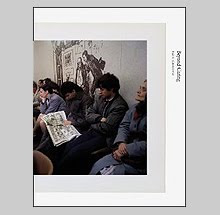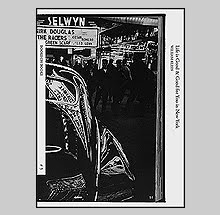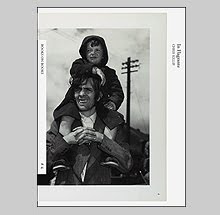Ceau by Christophe Buchel and Giovanni Carmine

Many years ago I sat around a table drinking rakia with a handful of Bosnian Serbs and one was expounding on how he felt sorry for the fate of Nicolai Ceausescu, the dictator of Romania whose 24 year hold on power was cut short by firing squad in 1989. This particular Serb's argument had much to do with the memory of Ceausescu's virtues being erased by masses of Romanians "rewriting him into a villian" (his words). When he asked what I thought I was afraid to say anything because the little I knew about Ceausescu - the outlawing of abortion, the prevention of AIDS testing, crippling the economy, strong police responses to any opposition, and all of the tv appearances around food while his country was rationing (à la Haile Selassie) - wouldn't really have gone over well. My Serbian friend kept citing the quick trial and execution that followed the coup overthrow of Ceausescu's regime condemned him to infamy and slander. My opinion around that table was not popular -- you rule inspired by Stalinist dictum then you die by Stalinist inspired firing squad.
Like Stalin, Ceausescu created a cult of personality around himself and his wife Elena. The self-proclaimed "Genius of the Carpathians" and his wife, the "Mother of the Nation," commissioned thousands of painted portraits that would keep their heroic status an ever-present part of daily life among Romanians. The new title by Steidl, Ceau, presents almost 350 of these paintings in a handsome new book.
Political paintings such as these are almost predictable. They mostly portray the subject as an everyman who is inspired to lead -- conveying the idea that he is just another Romanian "Joe Sixpack" if you will, working hard and dedicating his life to bettering his country. From that startingpoint they evolve, elevating his everyday man status into god and savior. That in itself is probably not enough to sustain a 350 page book but what sets this collection apart is the variety of painting styles that describes that elevation.
The artists seem students of everyone from Ben Shahn to Lucien Freud. Page 23 drops Ceausescu's visage into a Rauschenberg-like collage. Several resemble a Diego Rivera inspired mash-up of industry and hero worship. On page 69, Ceausescu is surrounded by a group of Henry Darger's "Vivian" girls turned into "pioneers." Page 125 describes three scenes involving Nicolai and Elena overlaid by the monochrome colors of the Romanian flag in a style so close in draftsmanship and color palette to Mark Tansey it is almost unbelievable to discover the artist is Eugen Palade. So many portraits were painted that Salvador Dali was said to have once sent a tongue-in-cheek "letter of admiration" to Ceausescu.
Edited by Christophe Buchel and Giovanni Carmine, Ceau as a book is a tight elegant package. The gold debossed title on a white leather flex-bound cover sets the proper mood for hero worship. The end of the book provides a transcript of the December 25th, 1989 tribunal in which Ceausescu and his wife are tried and sentenced to death by firing squad.
The effect of Ceausescu's policies are still being felt with tens of thousands of children born under the strict abortion laws that wound up on the streets homeless. What my Serbian friend was referring to that was good about Ceausescu's rule I am still not sure. Perhaps I should send him this book so he can remind us of all that was good in Nicholai's utopia that was Romania for almost a quarter decade.

























